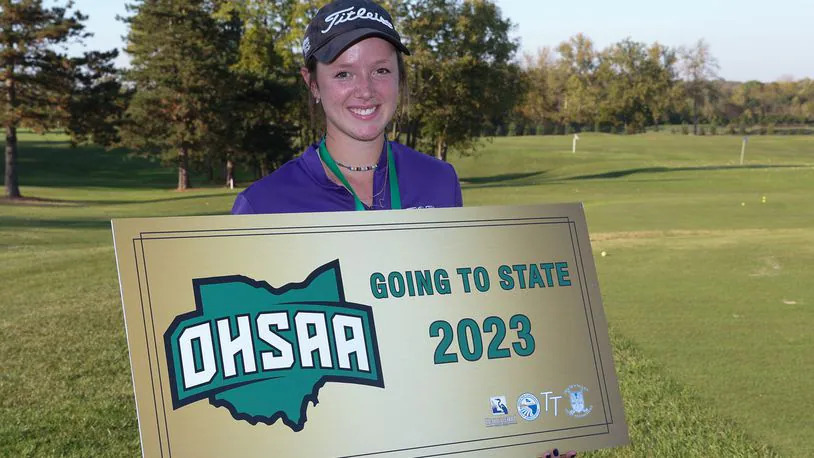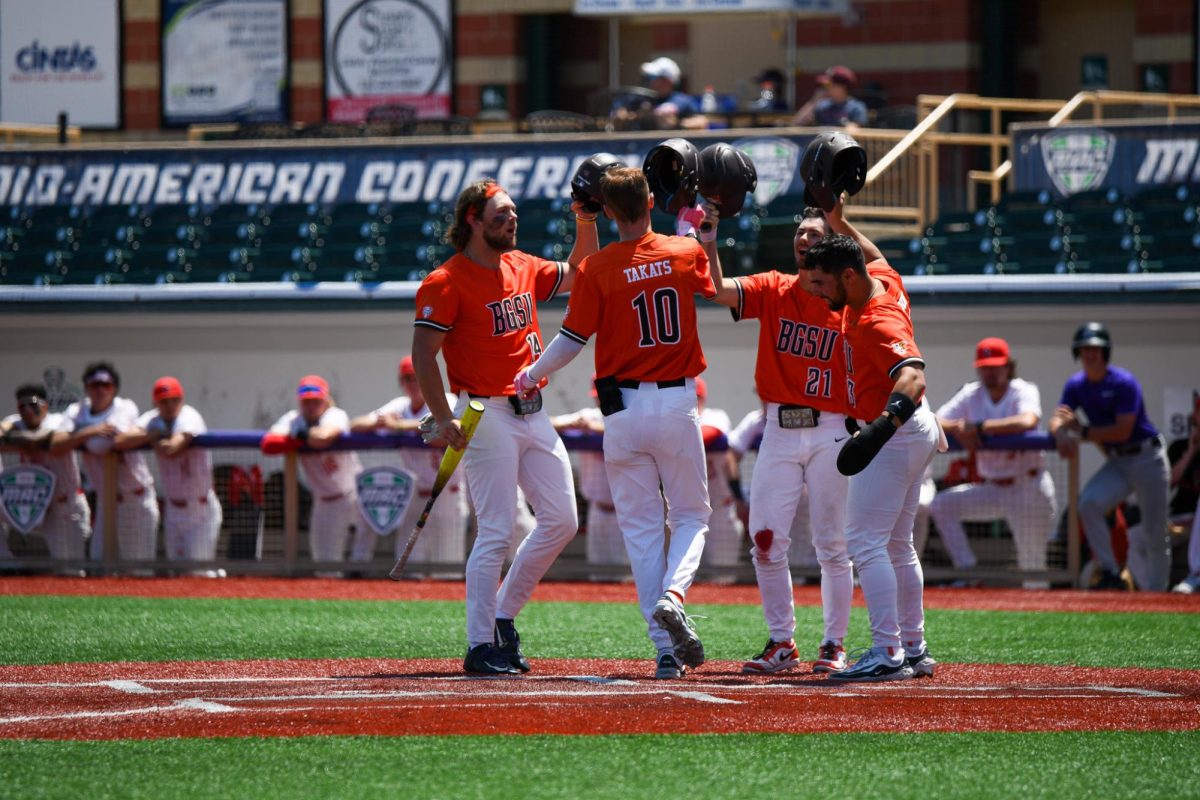It was the sort of thing the Sisters of St. Joseph never had to worry about before Chestnut Hill College went coed in 2003: excessive student gyration.
The way students tell it, the gyrators – members of a newly formed dance team – were guilty of nothing more than a few pelvic thrusts during a halftime performance at a basketball game.
But that wasn’t how the sisters saw it. Some were deeply offended, and the all-female squad was disbanded.
“Everyone was cheering when we were done except the sisters,” said Jennifer Melendez, a Chestnut Hill junior and one of the dancers.
“Their faces looked like they were going to send us to church tomorrow.”
That decision, made in February, is just one way in which Chestnut Hill, along with Immaculata University in Chester County and other religious-affiliated colleges elsewhere, is adjusting to life with male students on campus.
Some of the changes are merely structural: higher food bills for the cafeteria, and “sturdier” furniture.
Others, including a stronger emphasis on athletics and more attention to clothes, makeup and behavior, are creating what many call a livelier feeling in classrooms, lunchrooms and dorms, particularly on weekends.
“It’s the energy. It’s intangible, but it’s here, and it’s wonderful,” said Sister Patricia Fadden, president of Immaculata, which went coed last year.
The schools are two of about 250 women’s institutions nationwide to have made the coed jump since the 1960s, when women’s colleges were at their peak.
Many are faith-based and, like Chestnut Hill and Immaculata, opened their doors to men somewhat reluctantly after years of weak enrollment left them with little choice.
“There was great sadness. There were many tears shed. We were very, very committed to the education of women. I still believe in it,” said Sister Carol Jean Vale, president of Chestnut Hill. “But when we made the decision, we knew it was right.”
Fewer than 1 percent of female high school graduates are willing to consider a faith-based, single-sex college, according to a study commissioned by Chestnut Hill before it went coed.
That trend, and the decision it forced, has had a profound impact on the culture of institutions that have gone coed.
School traditions – such as Chestnut Hill’s elaborate Christmas decorations – have been given a shot of testosterone: The college’s male students built a manger scene.
Instead of heading home for the weekends, students at the two schools are much more likely to stay on campus, mingling and going to parties, giving the schools a new 24/7 buzz.
“I never had anybody bounce a basketball over my head at 10 p.m. before the men moved in,” Fadden said.
And athletics have boomed. With Title IX requirements mandating roughly equal athletic opportunities for male and female students, Chestnut Hill and Immaculata have been rapidly adding men’s teams.
Indeed, both schools used athletics as a major recruiting tool for male students, attracting athletes who might not have gotten an opportunity to play at a school with more established men’s teams.
The schools also put together slick marketing campaigns – Chestnut Hill hired good-looking male and female models for its photos – that portrayed their campuses as thoroughly coed. The first few male students were offered generous financial-aid packages as a further inducement.
It all worked for Mike Mitchell, a junior at Chestnut Hill.
“I said to myself, ‘This would be a good place to go. I’ll be outnumbered like 5-1,'” he said while eating lunch at a table with five young women.
During his freshman year, Mitchell said, older students who had enrolled when Chestnut Hill was a women’s college occasionally gave him hard looks, as if to ask, “What are you doing here?”
“But it’s not like that at all any more. I’m treated like an equal. I’m not treated like a guy who’s coming into our girls’ school,” he said.
When his female lunch companions were asked whether they would have considered enrolling at Chestnut Hill if the college had not gone coed, they responded with a chorus of “No!”
Female undergraduates still outnumber their male counterparts at Chestnut Hill and Immaculata by nearly 2-1, but that gap has shrunk as overall enrollment has grown. Chestnut Hill has gone from a freshman class of 135 in 2002, its last year as a single-sex school, to 280 this fall. Immaculata went from a pre-coed freshman class of 174 in 2004 to 332 this fall.

















